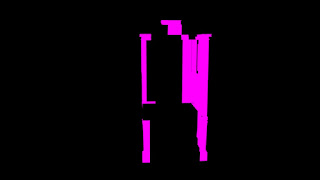Game Scene Final Project Post:
.PNG)
Week 3 Slideset available here . Here I realized I would have to reconstruct my house if I wanted to actually complete this project, which would be a time-suck. I tried to follow along with my original house as best as I could, but the entire reason why I had to do that was because my original house wasn't aligned with my UVs and had some custom pieces I wasn't able to pull out in time. It was ultimately easier to remake the house with the UVed pieces I already had. During this time, I realized I also needed to make a whole other house, but thanks to WoW's design allowing for palette swapping, I realized I had most of the pieces I needed. With some scaling of premade pieces, I was able to create a different house that would look coherent with the game world while also being not too difficult to make. Here's the UV map for the farm; you can tell what parts of it were obtained from the House. My props were last minute; the only ones I could really feel proud of were th...

